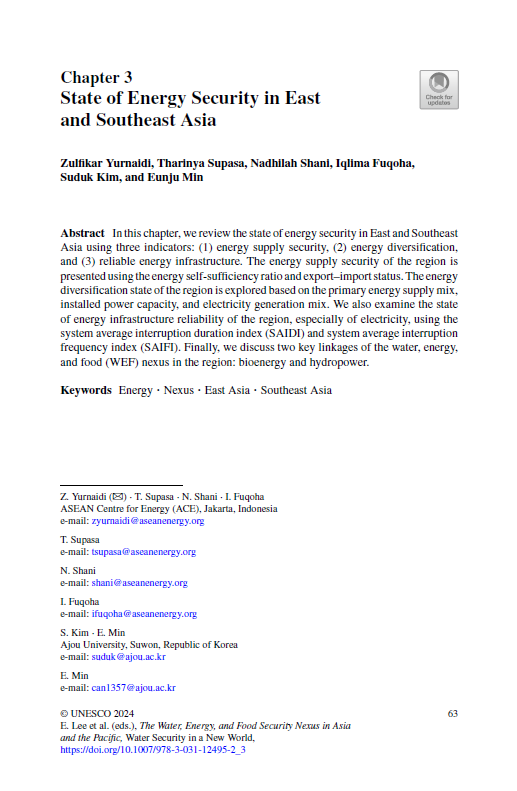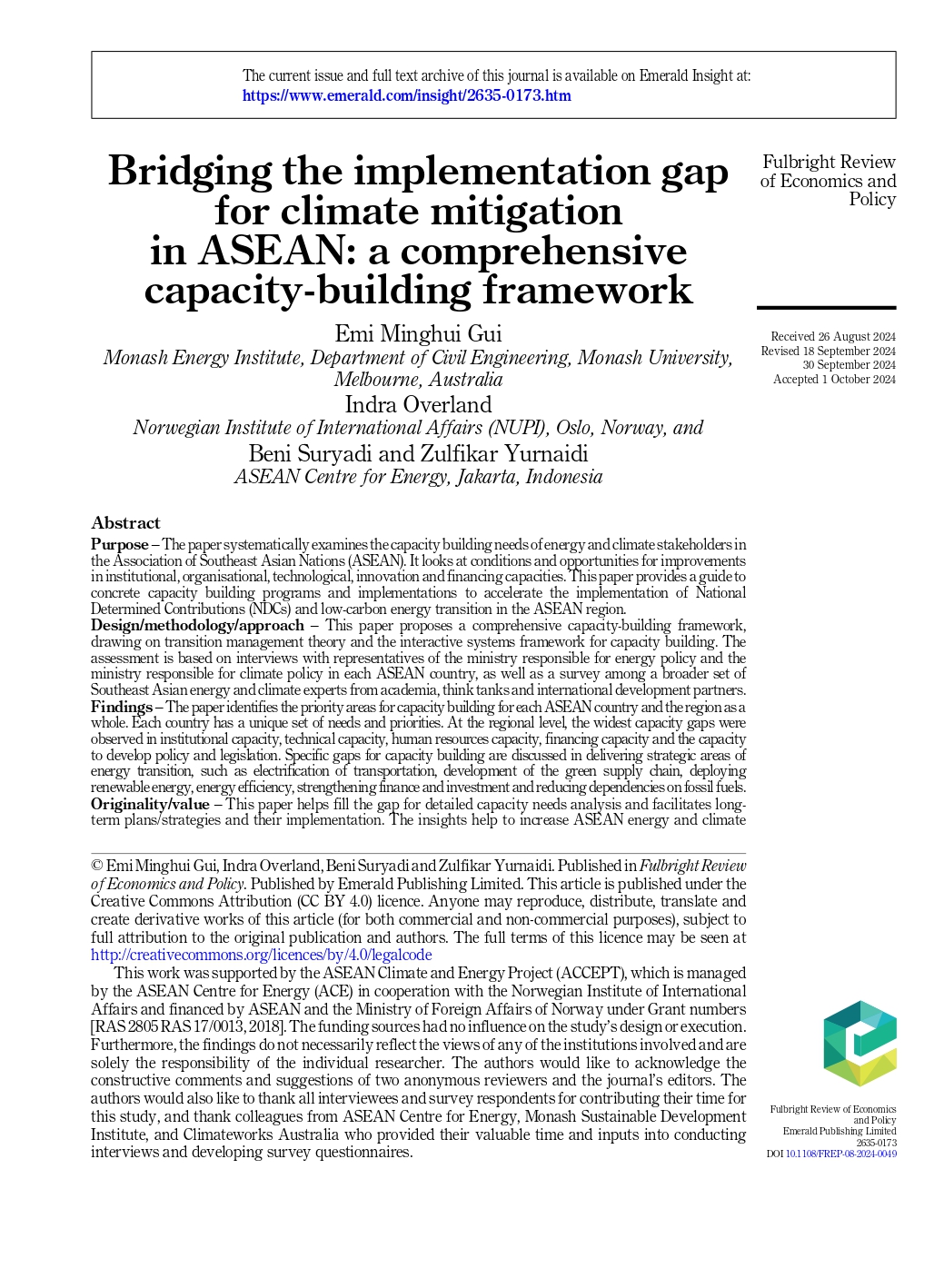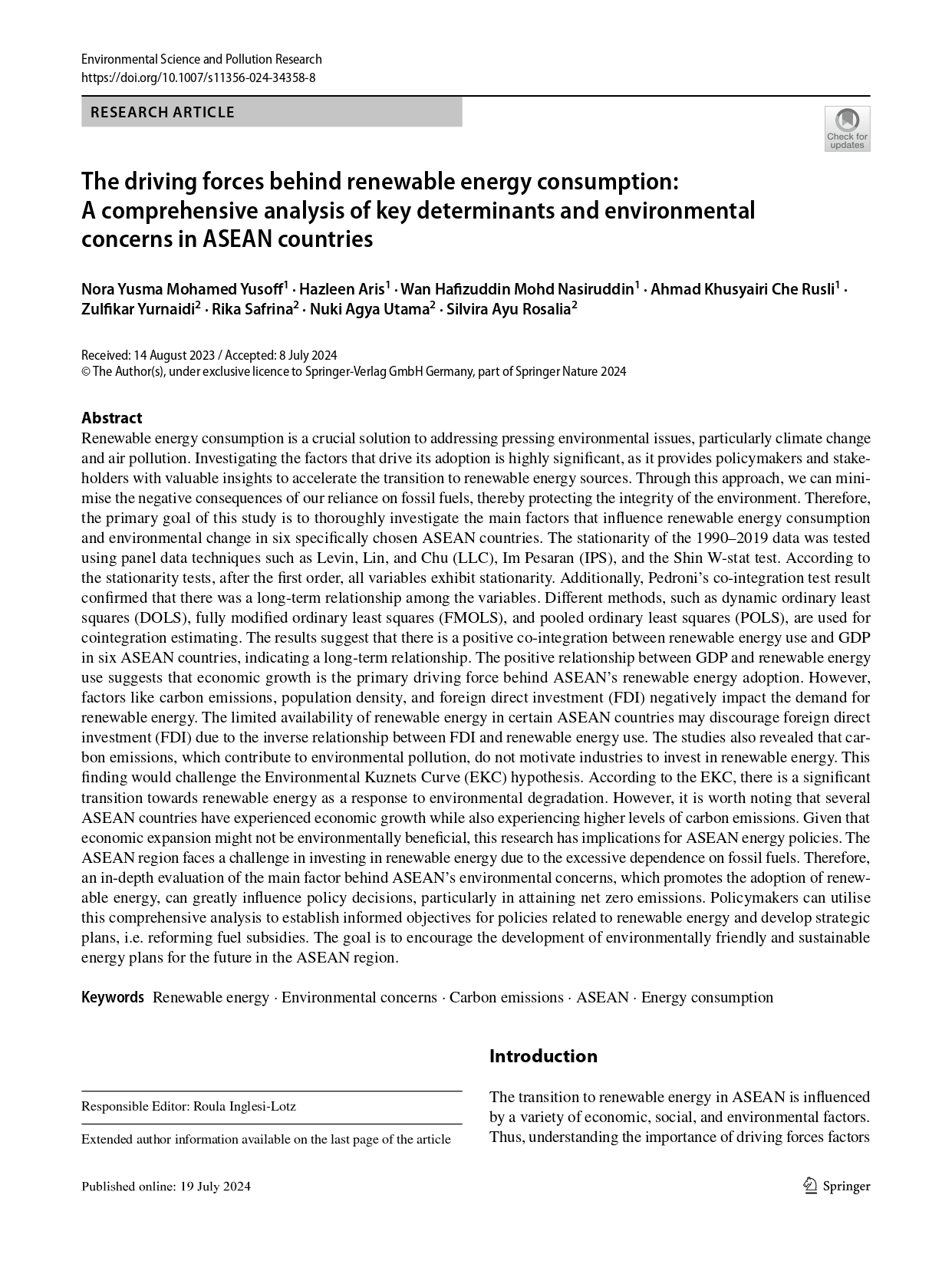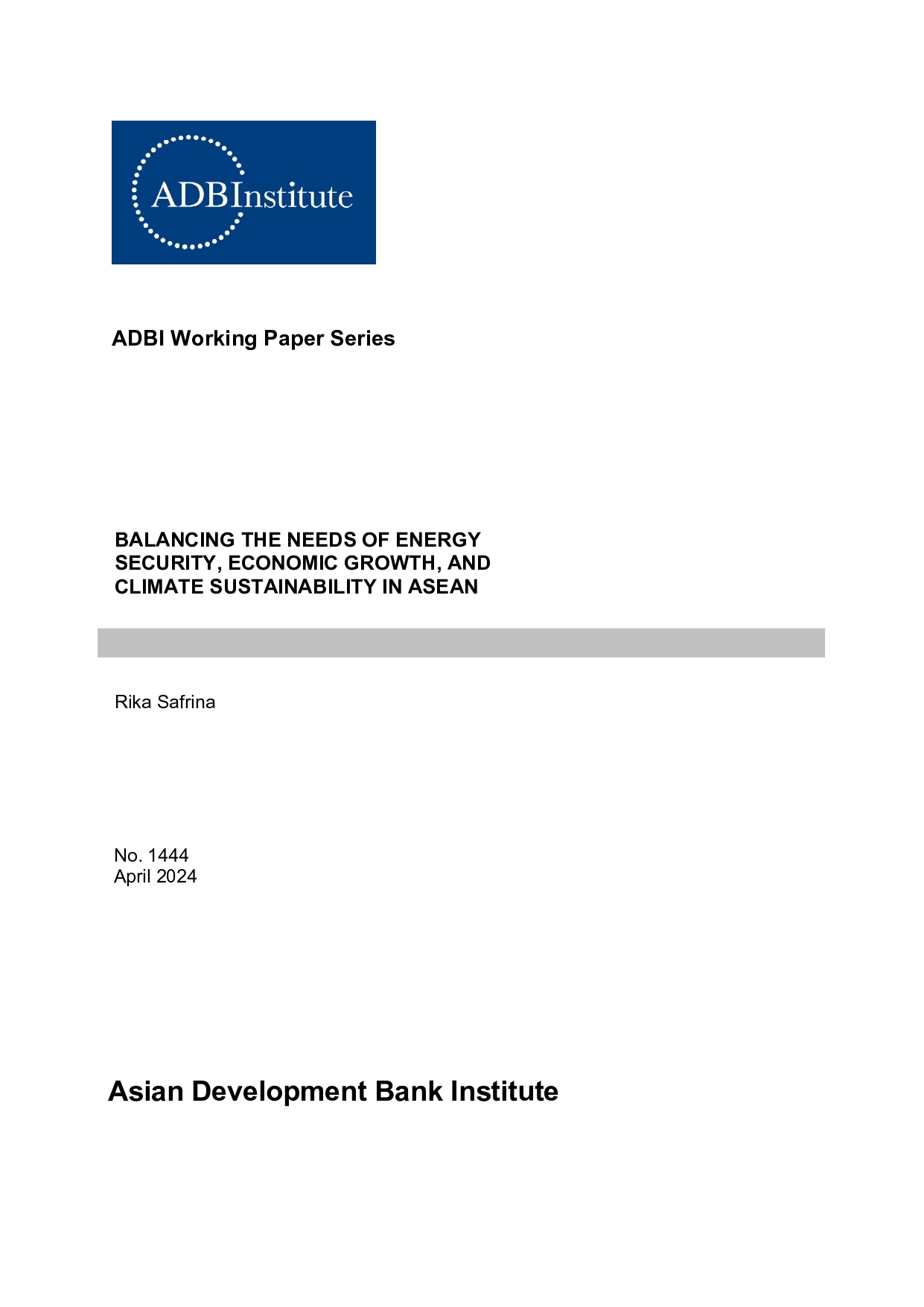In the context of global efforts to combat climate change and transition towards a low-carbon economy, the European Union (EU) has introduced the Carbon Border Adjustment Mechanism (CBAM) as part of its ambitious Green Deal. This mechanism aims to address carbon leakage from high-emitting industries and ensure fair conditions for European industries. The ASEAN region, as highlighted in the 7th ASEAN Energy Outlook (AEO7) study, is projected to experience a substantial increase in greenhouse gas (GHG) emissions, reaching 6,704 Mt CO2-eq by 2050 compared to a baseline scenario of 1,815 Mt CO2-eq in 2020. Consequently, ASEAN has recognized the urgency to earnestly reduce its emissions in response to the global push for carbon neutrality. The implementation of CBAM by the EU has prompted many countries, including ASEAN Member States (AMS) exporting goods to the EU and beyond, to consider the adoption of CBAM policies. This study examines the potential implications of CBAM for the emission reduction in high-emitting industries in ASEAN (such as cement, iron and steel, aluminum, fertilizers, and electricity generation). The findings indicate that the implementation of CBAM may result in higher product prices for these industries, as they will be required to account for the climate footprint of their manufacturing activities through additional fees. However, it also presents an opportunity for emission reductions within these industries by incentivizing the adoption of renewable energy sources to mitigate their carbon footprint during manufacturing processes. To effectively respond to the implementation of CBAM, the region should adopt three key strategies: 1) active participation in and implementation of carbon pricing mechanisms, 2) increased investments in low carbon technologies, and 3) establishment of strategic partnerships to enhance trade relations between the EU and ASEAN.
Menu





















